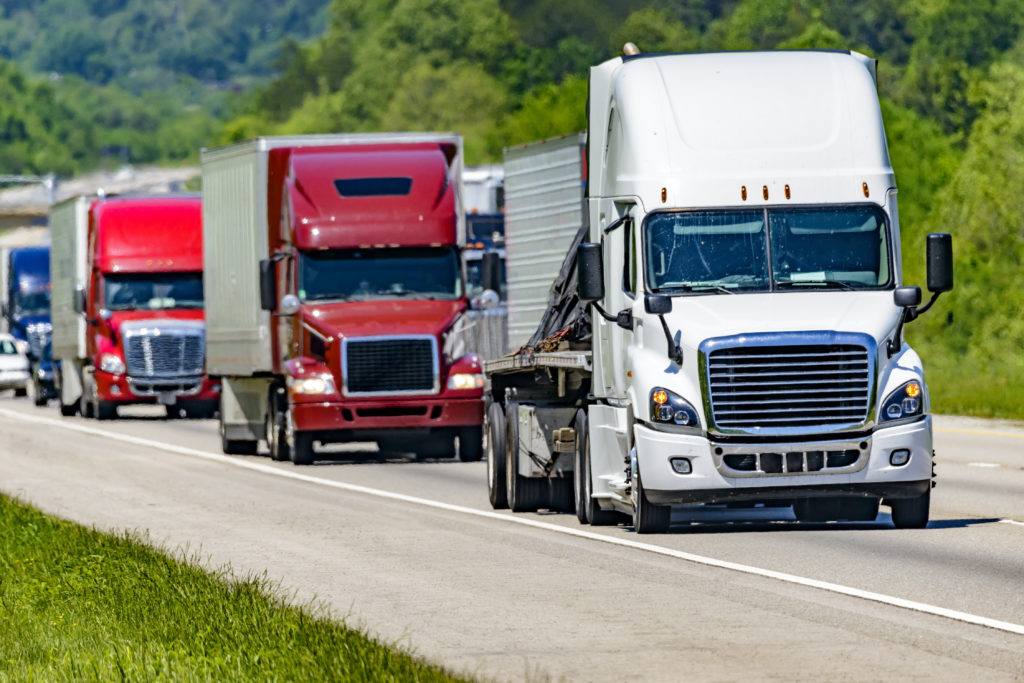“We’re now seeing the government wake up and understand the implications not just on an industry that hauls 72% of the domestic freight tonnage in this county, but on the larger-scale economy and supply chain itself,” said president of American Trucking Associations, Chris Spear in a look back on the accomplishments of the trucking industry throughout 2021.
Truckers have stepped up to the front lines during this coronavirus era to keep the nation’s economy steady while also helping consumers receive the goods they need in such an unprecedented time of high demand. Workforce development and infrastructure boosts also saw major positive changes, according to ATA leaders,
“In five years in this role, we have never witnessed a better year for advocacy than 2021,” noted Spear. “You take two tier-one victories–infrastructure and the DRIVE Safe Act–and you begin to understand the impact that five years of work has finally delivered for our members and industry.”
Spear noted that along with a group of other industry leaders, he has testified over two dozen times before Congress regarding new infrastructure legislation, which came into effect this year through President Joe Biden’s $1 trillion Infrastructure Investment and Jobs Act. This new law will offer highway and road improvement funding as well as bridge rebuilding funding over the next five years through the $100 billion dedicated specifically to efforts meant to update bridges and roads throughout the nation. The bipartisan bill will also bring about overall improved transportation options and congestion reduction for all drivers.
“It’s a very exciting announcement by the administration, and a recognition that this problem exists and that we’re actually going to take tangible steps to address this,” Spear explained, noting that this bill shows that both trucking and passenger vehicles will be able to lower carbon emissions, and that the industry is working toward improved business development and job opportunities.
“If you’re pro-job growth, this is a tremendous step forward,” Spear said. “If you’re pro-highway safety, if you’re pro-environment, this bill delivers on every single interest there is.”
Particularly, the legislation’s DRIVE Safe Act will bring significant industry-wide job growth, as it will offer opportunities for commercial driving candidates under the age of 21 to enroll in a training and apprenticeship program, allowing them to become able to operate CMVs within interstate commerce.
This initiative comes as the industry continues to face the largest truck driver shortage to date, which has been further exacerbated by the e-commerce demands brought about by the pandemic.
“You can make good wages–especially for all those that live in, say, the South or the Midwest–with excellent benefits,” saide Bob Costello, Chief Economist of ATA. “These folks are getting 401(k) [plans], paid time off, [and] health insurance. We’ve got good benefits. We have good blue-collar jobs”
Regarding further upcoming changes, independent contractors are also likely to become more commonly reclassified as employees through California’s Assembly Bill 5–which ATA claims would diminish driver freedom, disallowing drivers to create their own schedules and operate business as they’d like through the current owner-operator business layout as it stands.
“This is our tier-one effort to stand up our legal capabilities to not just fight in the halls of Congress or a regulatory agency, but in every state and every courthouse in the country,” said Spear. “And I think that is exactly what our members expect of this association–to leverage every opportunity to represent their needs and interests.”
An additional collaborative effort between the transportation industry and the White House will work to boost trucking recruiting efforts through initiatives that will focus on bringing in former military members and on guiding candidates through apprenticeship programs. Further recruitment incentives include driver pay and benefit boosts, which will likely continue far into 2022 as demand is expected to stay high, and the need for qualified drivers remains severe.
“Households continue to spend money,” said Costello. “They’re spending it more on goods than they traditionally have, versus services. We have a growing economy.”





